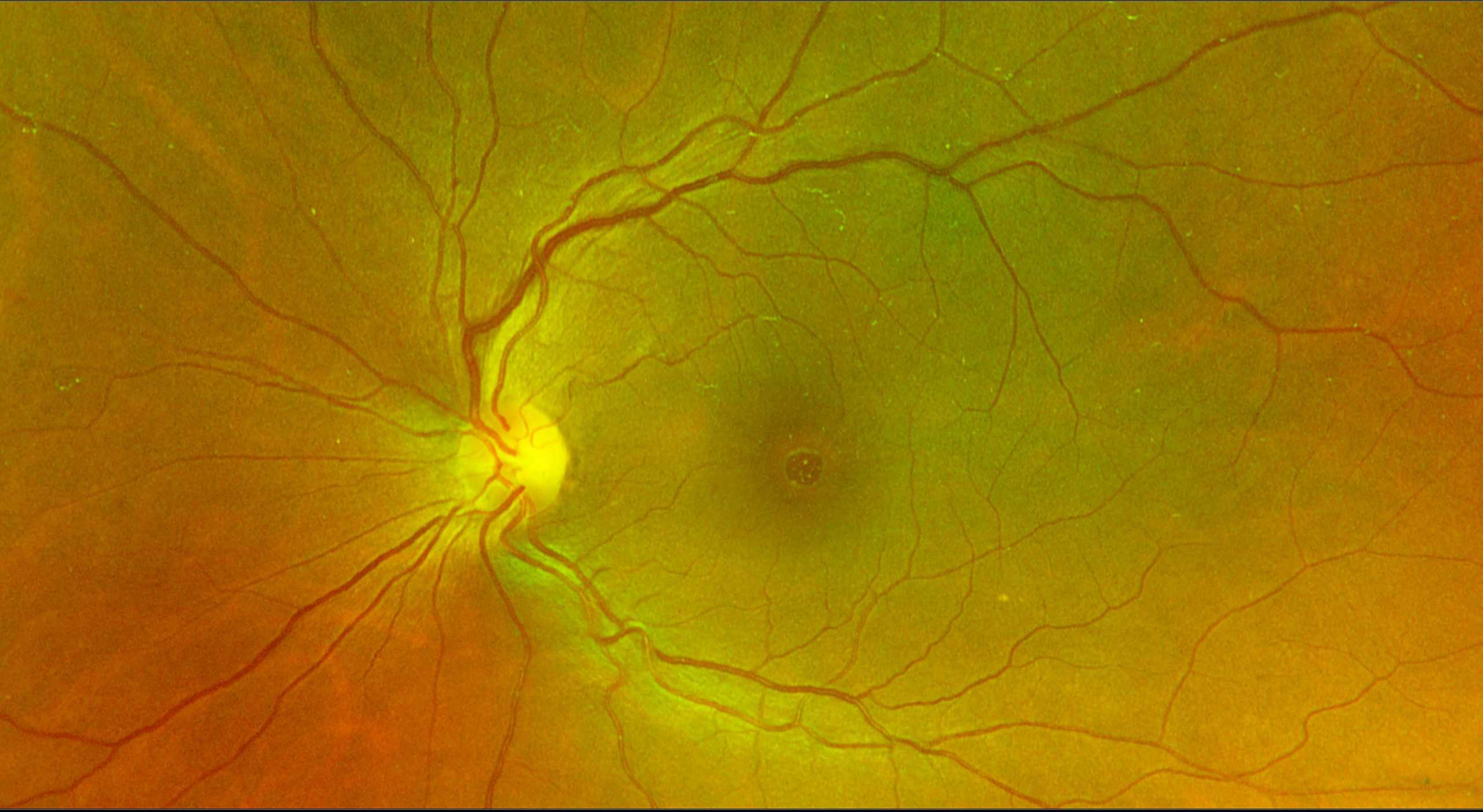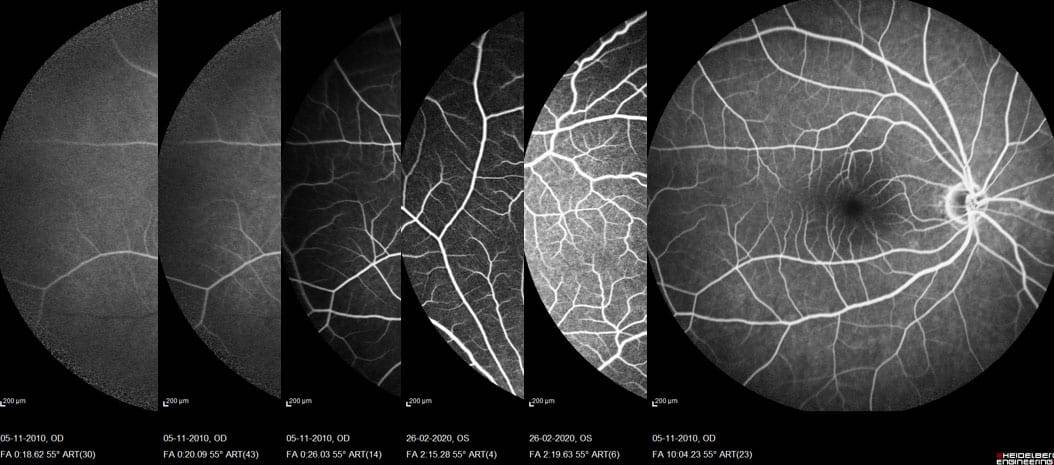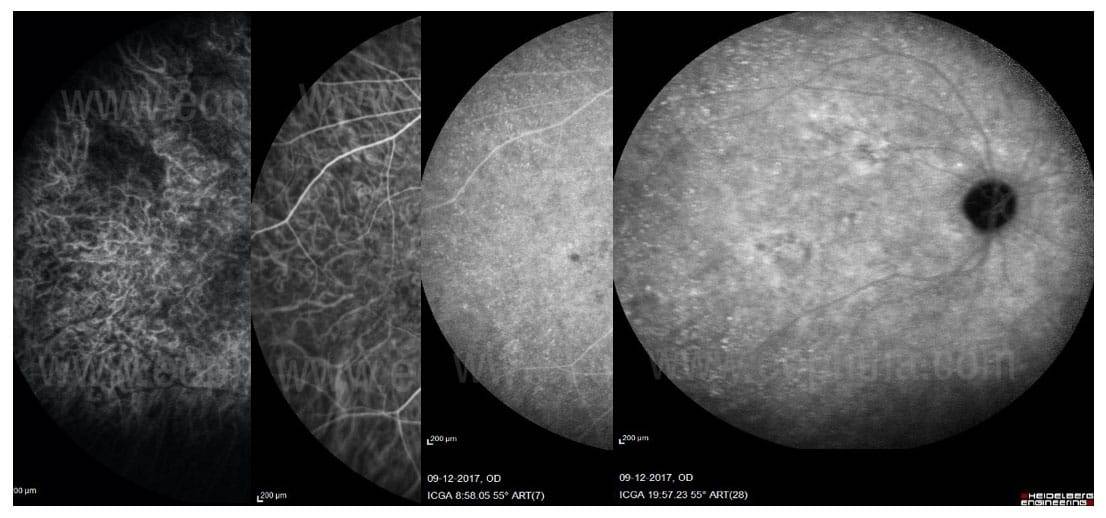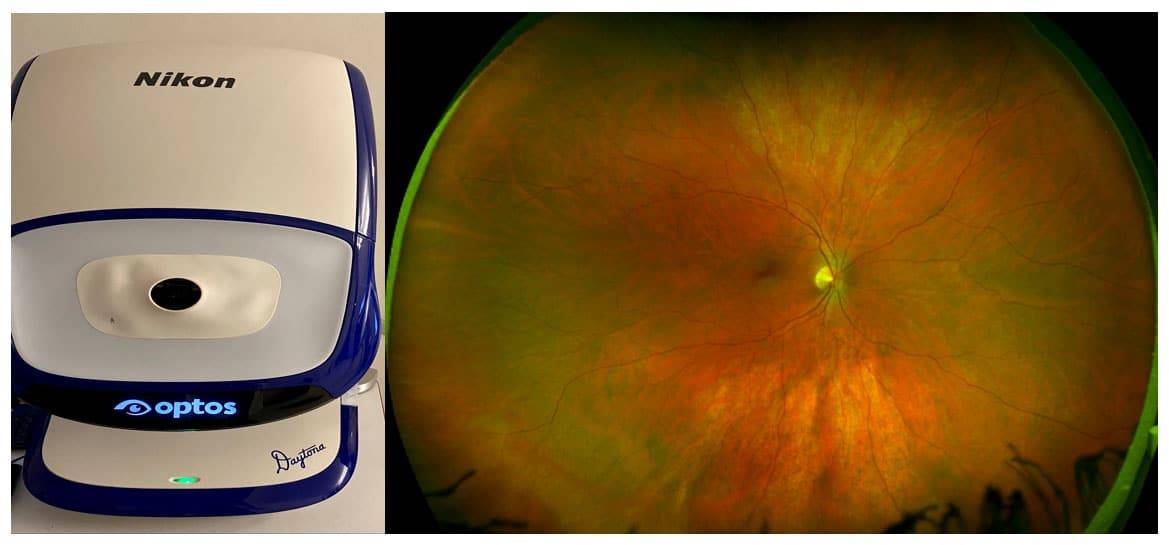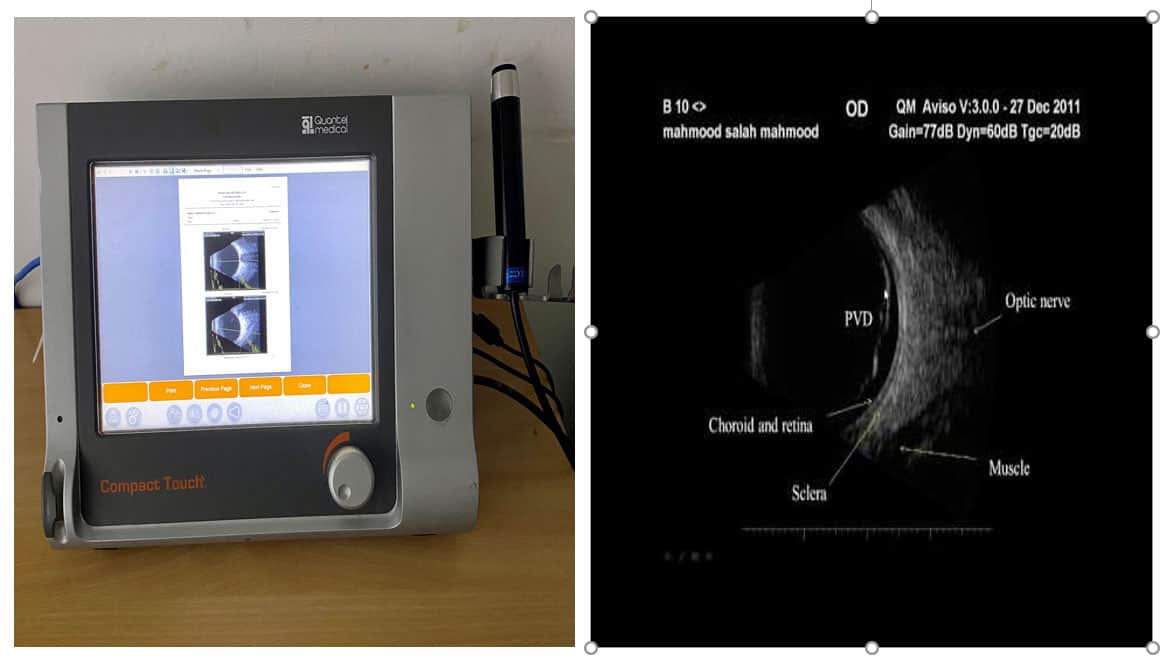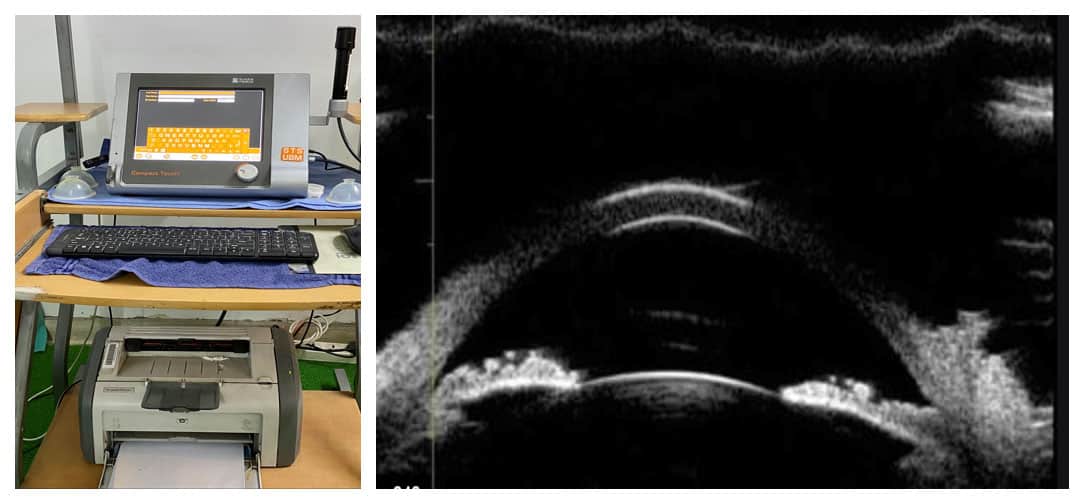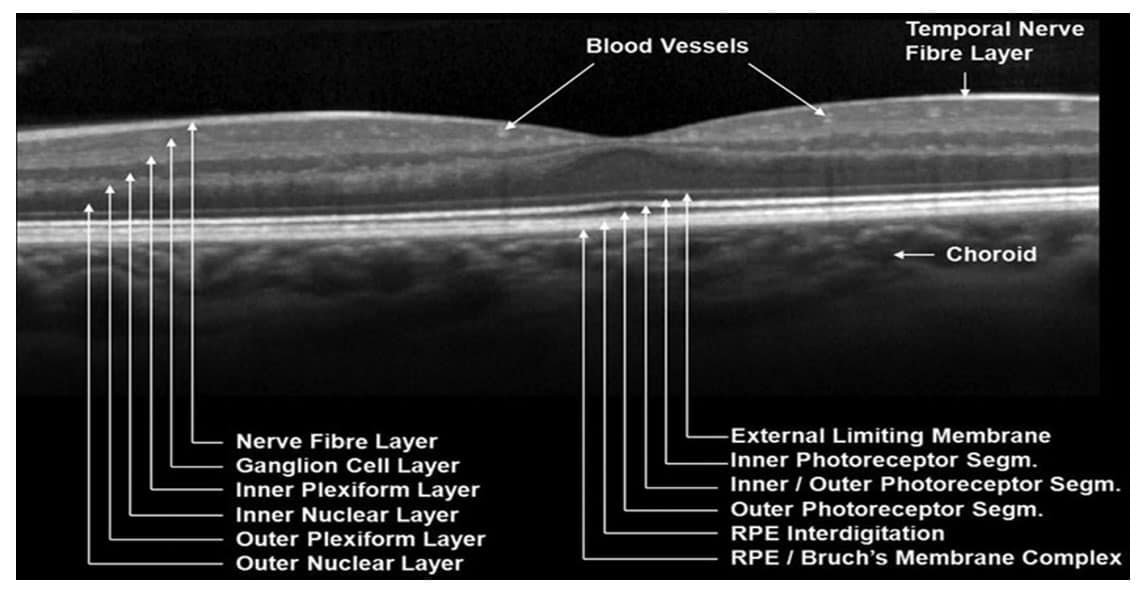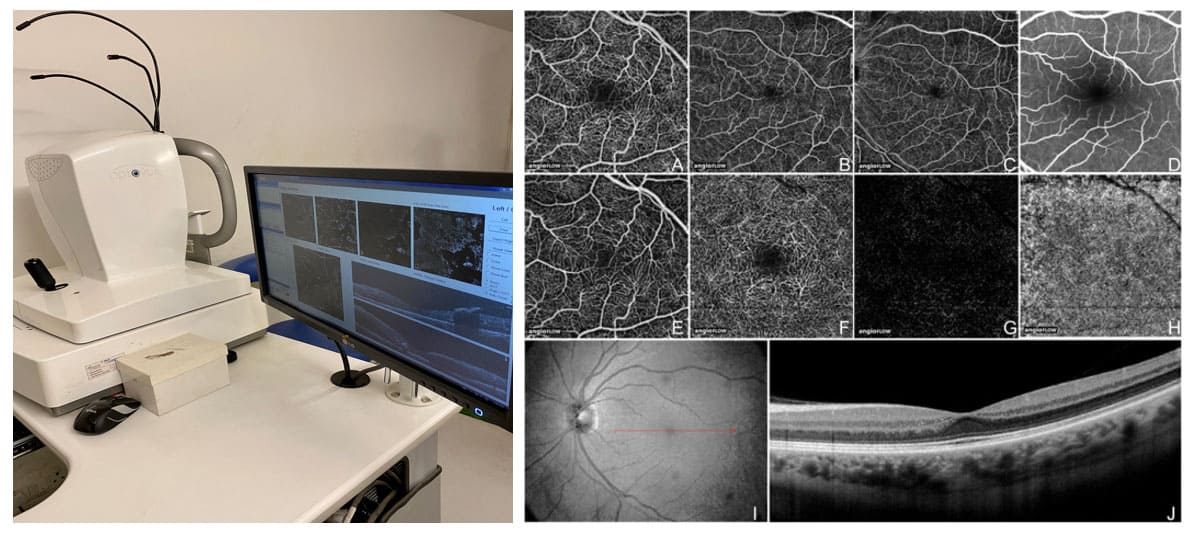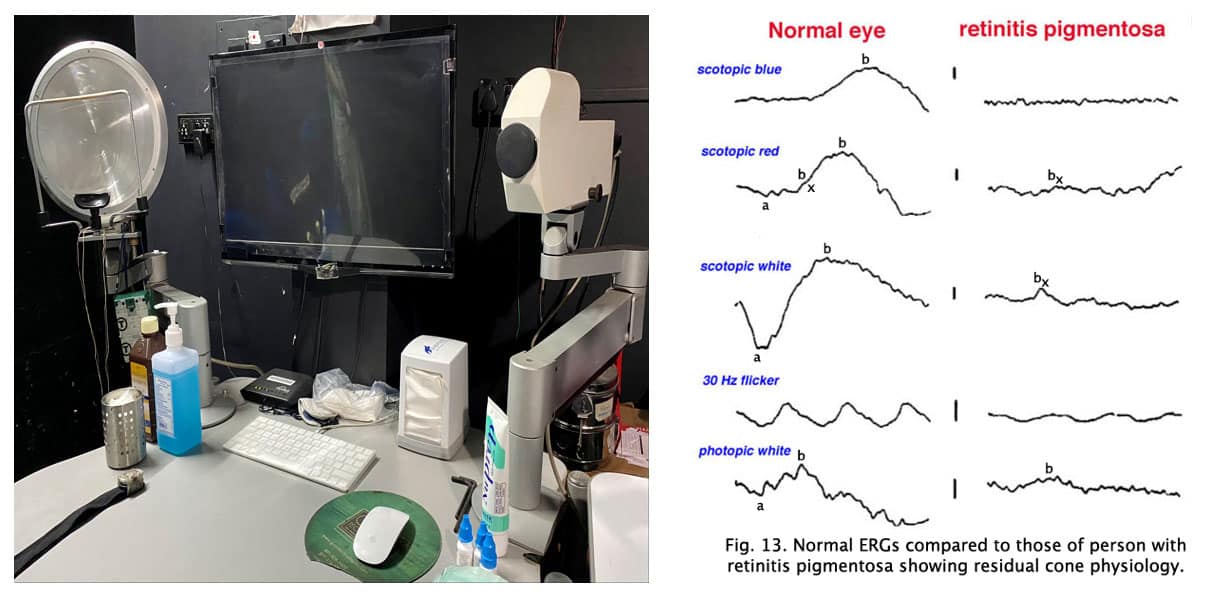Retinal Imaging
Retinal imaging is to take pictures of your retina i.e, back of your eye. Imaging is done using different techniques as per the diagnosis. Most common techniques are: Optical coherence tomography, Fundus photography, Angiography. Imaging plays an essential role in diagnosing several pathologies such as diabetic retinopathy, hypertensive retinopathy and age-related macular degeneration.
Imaging helps your doctor to detect the earlier/subtle changes of retinal diseases which cannot be identified on routine eye examination. Early detection of diseases helps to treat the disease properly. Imaging also makes easier for your doctor to educate you and your family members about your condition. And it helps in monitoring the progression of the disease and comparing them with future images.
RETINAL IMAGING
